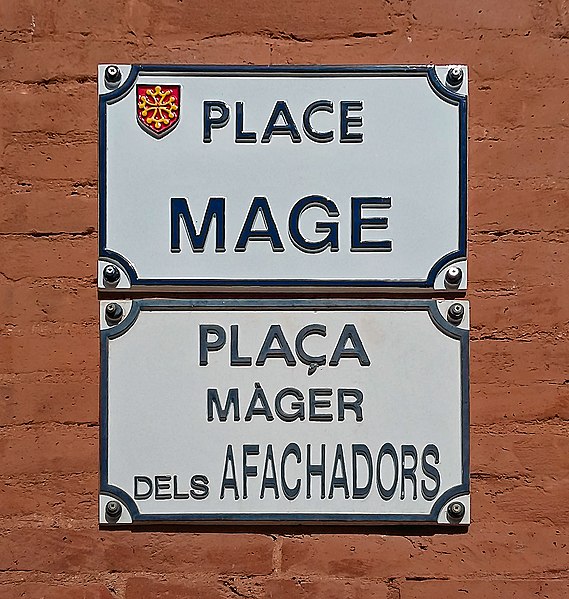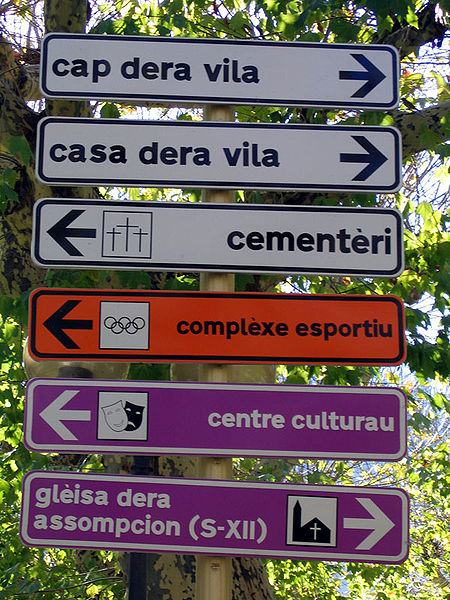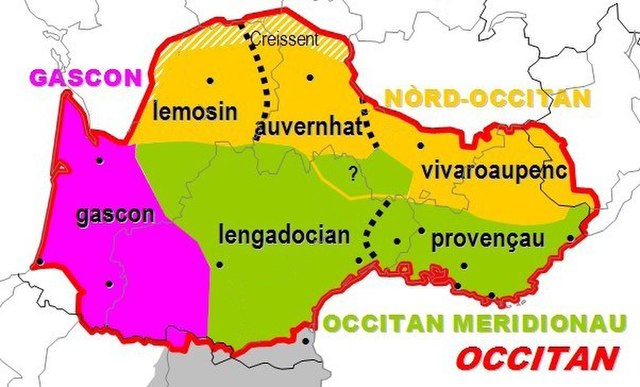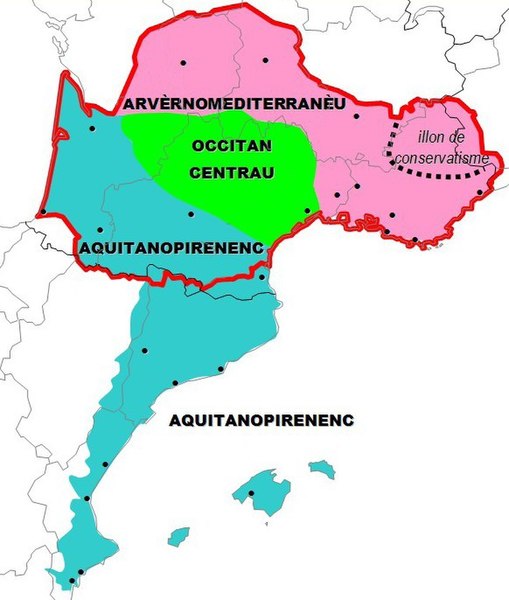Eleanor of Aquitaine was Duchess of Aquitaine in her own right from 1137 to 1204, Queen of France from 1137 to 1152 as the wife of King Louis VII, and Queen of England from 1154 to 1189 as the wife of King Henry II. As the heiress of the House of Poitiers, which controlled much of southwestern France, she was one of the wealthiest and most powerful women in Western Europe during the High Middle Ages. Militarily, she was a leading figure in the Second Crusade, and in a revolt in favour of her son. Culturally, she was a patron of poets such as Wace, Benoît de Sainte-Maure, and Bernart de Ventadorn, and of the arts of the High Middle Ages.
Tomb effigy at Fontevraud Abbey
Chantilly Bibliotheque
Chronique de France
Rock crystal vase given by Eleanor to Louis as a wedding gift
Occitan, also known as lenga d'òc by its native speakers, sometimes also referred to as Provençal, is a Romance language spoken in Southern France, Monaco, Italy's Occitan Valleys, as well as Spain's Val d'Aran in Catalonia; collectively, these regions are sometimes referred to as Occitania. It is also spoken in Calabria in a linguistic enclave of Cosenza area. Some include Catalan in Occitan, as the distance between this language and some Occitan dialects is similar to the distance between different Occitan dialects. Catalan was considered a dialect of Occitan until the end of the 19th century and still today remains its closest relative.
This bilingual street sign in Toulouse, like many such signs found in Toulouse's historical districts, is maintained primarily for its antique charm, and is typical of what little remains of the lenga d'òc in southern French cities.
Aranese signage in Bossòst, Val d'Aran, Spain
Occitan dialects according to Pierre Bec
Supradialectal classification of Occitan according to Bec








